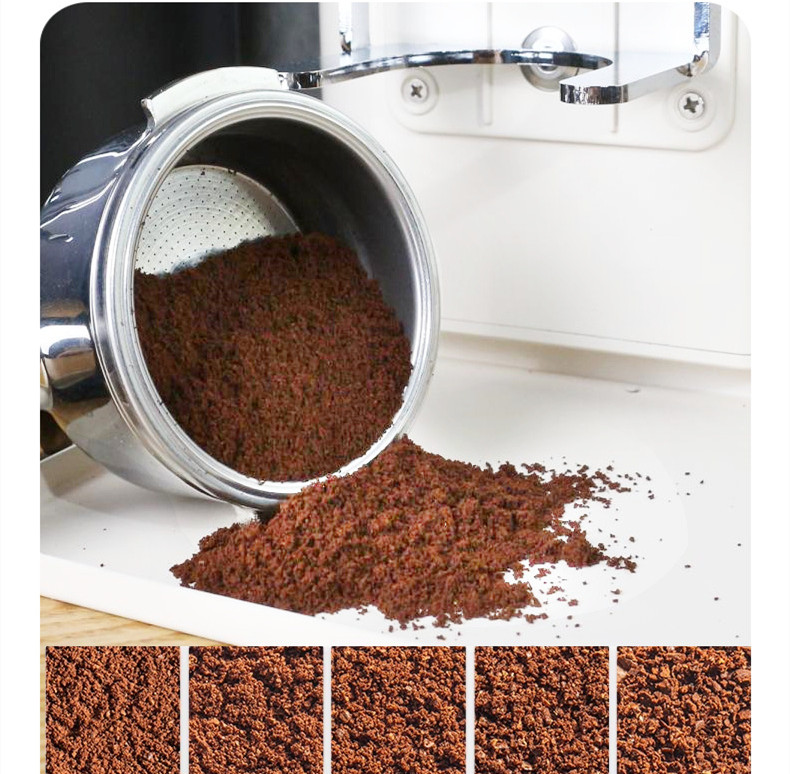Long-Term Storage Guide for Coffee Grinders: Protecting Your Equipment During Extended Downtime
Whether you’re renovating your kitchen, traveling for months, or simply taking a break from brewing, storing your coffee grinder properly during long periods of inactivity prevents damage and ensures it’s ready for use when needed. Follow these steps to safeguard your machine from dust, moisture, and mechanical deterioration.
1. Thorough Cleaning Before Storage
Residual coffee oils and grounds degrade over time, attracting pests and causing clogs or corrosion.
- Disassemble Removable Parts: Consult the manual to detach the hopper, burr set, and grounds container. Use a soft brush to remove loose particles from crevices.
- Deep-Clean Internal Components: For burr grinders, gently scrub the burrs with a dry toothbrush to dislodge stuck oils. Avoid water on electrical parts; instead, wipe surfaces with a microfiber cloth dampened with a tiny amount of isopropyl alcohol (if recommended by the manufacturer).
- Eliminate Moisture: Ensure all parts are completely dry before reassembly. Run the grinder empty for 10–15 seconds to circulate air and evaporate any lingering dampness.
2. Choosing the Right Storage Environment
The location and conditions of storage play a critical role in preventing deterioration.
- Select a Cool, Dry Place: Avoid basements, garages, or areas near heaters, as temperature fluctuations can warp plastic components or degrade rubber seals. A closet or pantry with stable conditions is ideal.
- Minimize Light Exposure: Prolonged sunlight can fade plastic parts and weaken materials. Store the grinder in a dark container or cabinet to shield it from UV rays.
- Keep Away from Pests: Seal the grinder in an airtight container or wrap it in a breathable cloth to deter insects or rodents. Avoid plastic bags that trap humidity; opt for materials like cotton or linen instead.
3. Preventing Mechanical Issues During Inactivity
Even when unused, moving parts can seize or degrade if not properly maintained.
- Lubricate Moving Components (If Applicable): Some grinders require occasional lubrication to prevent rust. Apply a thin layer of food-grade mineral oil to metal gears or burrs, following the manufacturer’s instructions to avoid over-application.
- Store Upright to Avoid Pressure on Parts: Laying the grinder horizontally may strain internal mechanisms. Keep it upright in its original box or a padded container to maintain alignment.
- Check for Loose Screws or Parts: Before storing, tighten any visible screws or clamps to prevent them from rattling loose over time.
Additional Tips for Extended Storage
- Label Storage Containers: Clearly mark boxes or bags with “fragile” or “coffee grinder” to avoid accidental damage during moves or reorganization.
- Avoid Storing with Strong Odors: Coffee absorbs smells easily. Keep the grinder away from cleaning supplies, spices, or chemicals to prevent flavor contamination.
- Plan a Test Run Before Reuse: After months of storage, run the grinder empty for 20–30 seconds to ensure all parts move smoothly. Discard any initial output, as it may contain dust or residual oils.
By following these guidelines, your coffee grinder will remain in optimal condition, ready to deliver consistent grinds whenever you’re ready to brew again. Prioritize cleanliness, environmental control, and mechanical care to extend its lifespan effortlessly.


